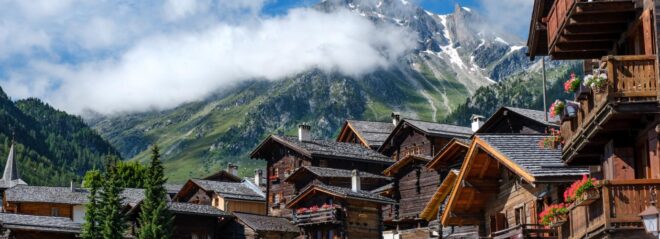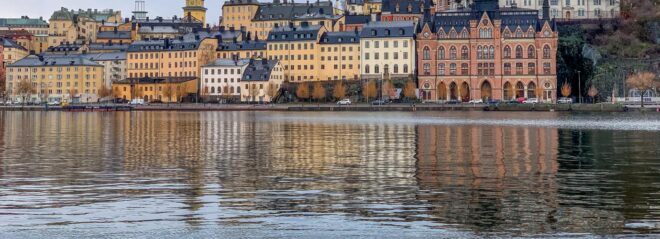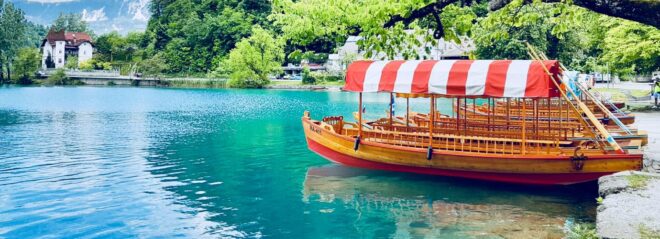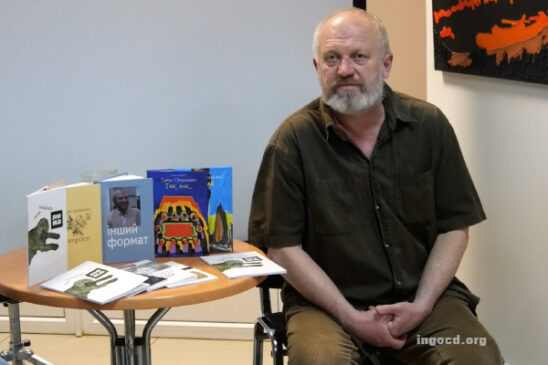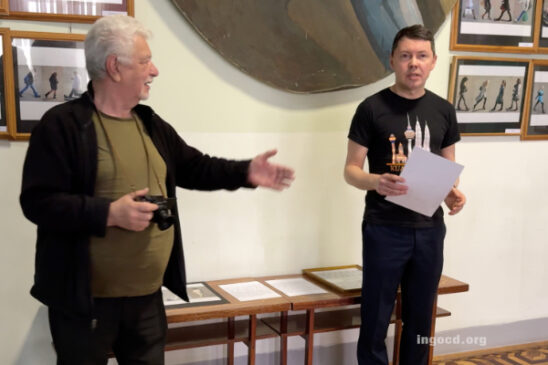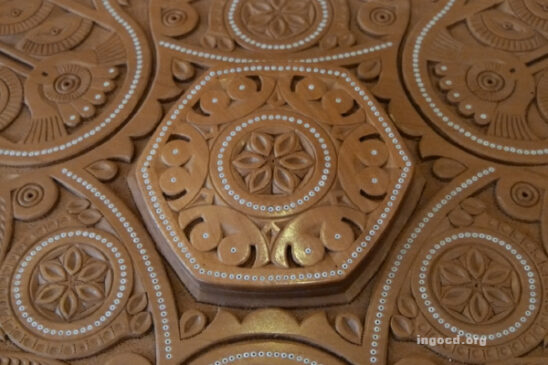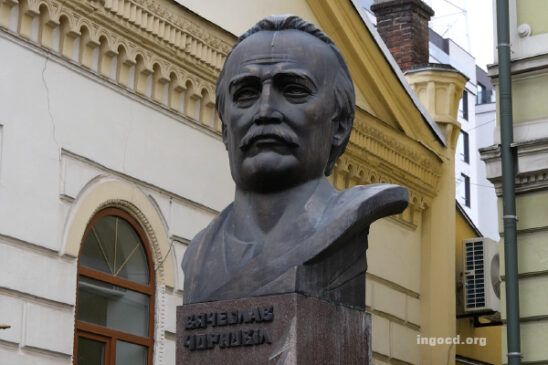Croatia
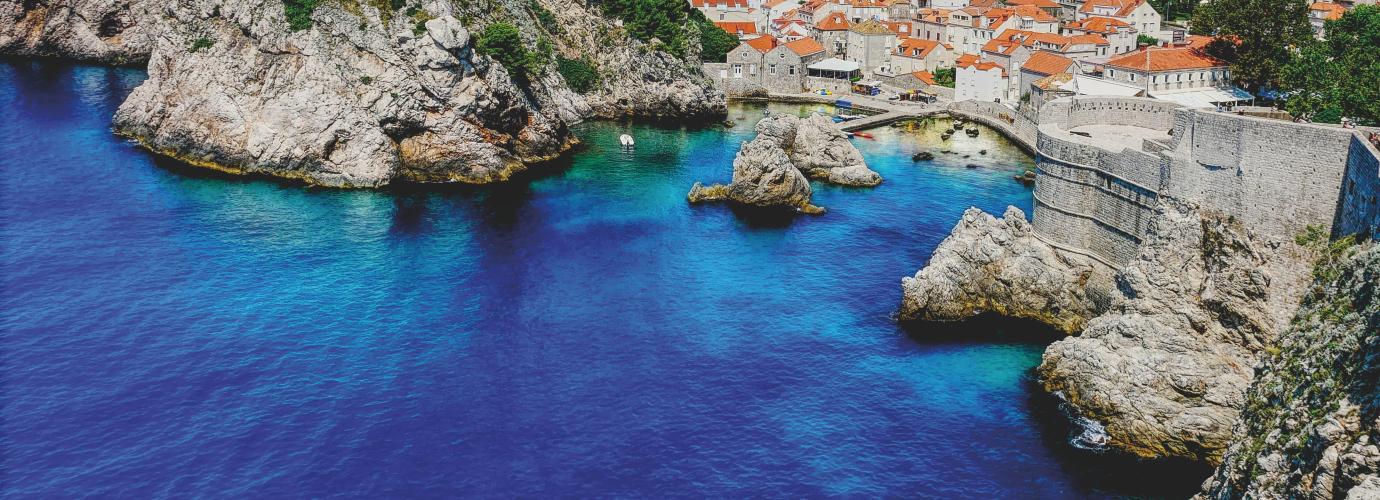
Key Features of the Educational System
Early Childhood Education and Care
The financing of ECEC system is decentralised by law. In accordance with Article 42 of the National Pedagogical Standards for Preschool Education and Care (OG 63/2008) it is almost exclusively within the competence of local or regional self-government units (LGUs) – from capital investments in infrastructure to financing of running costs.
A kindergarten can be established by a legal or natural person with a deed of incorporation issued by the founder in accordance with the provisions of the Institutions Act (OG 151/2022) and the Preschool Education Act (OG, 57/2022).
Founders of kindergartens are prescribed by the provisions of Article 7 of the Preschool Education Act. Kindergartens can be established by the Republic of Croatia, LGUs, religious communities, and other legal and natural persons. Kindergartens can be established jointly by LGUs as well as natural and legal persons. The Republic of Croatia can establish a kindergarten by law or regulation of the Government of the Republic of Croatia or the ministry responsible for education.
Data on the number of kindergartens and its founders are collected in joint e-Register managed by the Ministry of Science and Education. According to the data for the pedagogical year 2022/2023, the largest number of kindergartens, almost 77%, was established by LGUs (municipalities and cities).
LGUs as founders participate in the co-financing of the economic cost of the kindergarten programme, as well as in co-financing the kindergarten programme whose founder is another legal or natural person if they are established at the territory of certain LGU.
Parental participation usually amounts to around 33% of the declared economic price. The vast majority of LGUs also apply discounts and exemptions from parental participation for specific cases, and almost a third of children live in environments where the amount of participation is determined according to household income. In general, higher-income LGUs offer higher discounts and exemptions from payment of participation.
The preschool programme is mandatory, fully financed by the state and free of charge for the parents whose children are included in the programme in the year before starting elementary school. Funds for the implementation of the preschool programme are provided from the state and LGUs’ budgets. All kindergartens must have the approval of the competent ministry for the implementation of the preschool programme.
The preschool programme is part of the formal education system and represents the initial mandatory institutional form of education for all children in the year prior to enrolment in primary education.
For children attending a kindergarten the preschool programme is integrated into regular kindergarten curriculum. For children not attending the kindergarten the programme is also offered in the kindergarten. In exceptional circumstances it is possible to organise a preschool programme in different settings with an adequate educational standard, for example in elementary schools. The Preschool Curriculum is an integral part of the National Curriculum for Early Childhood Education and Care.
Apart from preschool programme, the Ordinance on the Manner of the State Budget Funds Disposal and the Criteria for Co-financing the Preschool Education Programme (OG 141/22), programmes of public needs co-financed by the state budget also include educational programmes for children with developmental disabilities and gifted children, for children of early and preschool age of Croatian citizens abroad, for children of early and preschool age belonging to national minorities and preschool programme.
LGUs adopt public needs programmes for the activities of preschool education and other above mentioned eligible programmes. LGUs establish criteria for the financing of programmes from their budget and criteria for the participation of parents in its price. The founder is responsible for providing funds for the establishment and operation of the kindergarten, while the kindergarten secures funds for its work by selling services on the market (usually co-financing of economic prices), i.e., other sources in accordance with the Preschool Education Act.
Legislative amendments from May 2022 of the Preschool Education Act prescribe the creation of a network of kindergartens at the national level. Such a network represents a framework for better planning of establishing new as well as improving spatial availability of existing ECEC settings, especially in rural areas and in smaller and less developed areas.
Basic goals of these amendments– increasing the scope, access and quality of ECEC – have been complemented by the largest cycle of kindergarten building in the last few decades, coordinated and funded from the state level, through state budget and EU funding. This large cycle of construction, reconstruction, and expansion of existing ECEC settings started in 2016. Since then, more than 265 million euros have been invested in building or upgrading facilities for 500 kindergartens.
Primary and Secondary Education
Primary and lower secondary education in Croatia (ISCED 1 and 2) is a single structure system of compulsory education lasting eight years. It starts at the age of 6-7 and ends at 14-15. The exception are pupils with developmental disabilities for whom the education may last until the age of 21.
Primary education includes general education and prepares pupils for the continuation of education in upper secondary schools.
Primary education is carried out as public and private. Programmes implemented by primary schools can be regular and special. Special programmes refer to programmes for children with disabilities; alternative curricula (Waldorf pedagogy, Montessori method etc.); programmes in the language and script of national minorities, as well as art education.
As regards art education, enrolment in a certain educational level of art education is determined by the National Curriculum for Art Education and specified by specific art programme.
According to the National Curriculum for Art Education, enrolment in the 1st grade of a primary art school is usually based on an entrance exam. Elementary art schools can decide to enrol pupils in the 1st grade without selection, whereby the criteria for enrolling pupils will be explained in the school curriculum.
Additional educational work in primary schools is organised through an extended stay for first and second graders, and in some schools for third graders too. According to the Ordinance on the organisation and implementation of extended stay in primary school (OG, 62/2019), extended stay is a special form of educational work which allows pupils to stay at school before and after regular classes, with organised meals and curricular and extracurricular activities.
The following areas are included in the activities during the extended stay: language and communication area, natural history area, mathematical-logical area, scientific and technological area, socialization, cultural and artistic area, and physical health area.
Primary education includes general education and prepares pupils for the continuation of education in upper secondary schools. The conditions for enrolment in secondary schools are based on the average of final grades. Some schools, mainly science-oriented grammar schools, have introduced additional entrance exams.
Secondary education enables the acquisition of knowledge and skills required for work or for further education. Depending on the type of education programme, secondary schools are grammar schools, art schools and vocational schools.
Upper secondary education in Croatia (ISCED 3) is not compulsory but majority of pupils enrol in it. According to the data from the National Information System for applications and enrolment in secondary schools, the transition from primary school to secondary school is almost 100% (approximately 99.5%).
Upper secondary education starts at the age of 14-15. Pupils can enrol in the first grade of secondary school aged up to 17 and exceptionally up to 18 or over 18.
Secondary Art schools also last four years. Through secondary art education pupils acquire competences to work and continue their education. Grammar schools and art schools can be attended either separately or through integrated programmes.
Education in vocational schools lasts from one to five years, depending on the type of education programme for a certain profession. After graduating from vocational school pupils can enter the labour market or, subject to enrolment requirements, continue their education at secondary or higher education institutions. Pupils take state matura exams only if they plan to continue their education at higher education level.
Education of National Minorities
Education of members of national minorities is an integral part of the education system, having its legal foundation in Croatian Constitution.
The Constitution of the Republic of Croatia lists 22 national minorities: Serbs, Czechs, Slovaks, Italians, Hungarians, Jews, Germans, Austrians, Ukrainians, Ruthenians, Bosniaks, Slovenes, Montenegrins, Macedonians, Russians, Bulgarians, Poles, Roma, Romanians, Turks, Vlachs and Albanians.
The education and care of pupils in the language and script of national minorities in primary schools is organised in accordance with the Act on Education in the Language and Script of National Minorities and the Act on the Use of Languages and Scripts of National Minorities in the Republic of Croatia, The National Pedagogical Standards for Primary Education System and The National Pedagogical Standards for Secondary Education System.
Three models of organising and conducting classes for pupils belonging to national minorities are available:
*Model A – according to which the entire teaching is conducted in the language and script of the national minority, with mandatory learning of the Croatian language in the same duration (number of hours) in which the minority language is taught. Pupils have the right and obligation to learn additional content important for their minority community. This teaching model is mainly conducted in special schools. However, it is also possible to conduct it in regular schools, but in special departments with classes in the language and script of individual minority.
*Model B – according to which teaching is conducted bilingually. The science group of subjects is taught in the Croatian language, and the social group of subjects is taught in the language of national minority. Classes are conducted in schools with classes in the Croatian language, but in separate departments.
*Model C – according to which classes are conducted in the Croatian language with an additional two to five school hours per week intended to nurture the language and culture of the national minority. Additional classes include learning the language and literature of the national minority, geography, history, music, and visual arts.
Higher Education
A higher education institution is established as a public or private institution. Public higher education institutions are established by the Republic of Croatia. A public polytechnic is established by a decree of the Government of the Republic of Croatia. A public faculty or a public art academy is established by a decision of a university or a state administration body responsible for defence, internal affairs, as well as foreign and European affairs. A private higher education institution may be founded by a natural or legal person.
Higher education is mostly provided by public higher education institutions (HEIs) which are state financed. The organisational autonomy and academic freedom are guaranteed by the Constitution.
The public funding of HEIs is regulated by the Act on Higher Education and Scientific Activity (OG, 119/2022), stipulating that the activities of HEIs are funded by the founder’s resources, assigned revenue and own resources.
In accordance with the Act, a HEI is a legal entity that can be a university, faculty, art academy or polytechnic. The basic general act of a higher education institution is the statute.
A university can have constituents with or without legal personality. The university can establish a faculty or an art academy as a constituent entity with legal personality. A university may establish a university department, faculty or art academy, institute, centre, clinic, or other organisational unit of the university as a constituent entity without legal personality. A university that does not have constituents with legal personality is considered an integrated university, while a non-integrated university is one that has constituents with legal personality.
Unlike the university constituents without legal personality, the faculty/academy constituent with legal personality has its own bank account, its own management and administration, and an internal quality assurance system. Such a constituent with legal personality is registered as a higher education institution in the official Register of Higher Education Institutions managed by the Ministry of Science and Education which also has partial decision-making autonomy.
University or its constituents can conduct university and professional study programmes while polytechnics can only conduct professional study programmes.
Stages of the Educational System
Early Childhood Education and Care
The ECEC system is a decentralised system since 1993 when the founding rights have been transferred to the bodies of local or regional self-government units (LGUs).
With the adoption of the Preschool Education Act in 1997 (posterior innovations of the Act followed, the last one in 2022), the ECEC system becomes the part of the educational system of the Republic of Croatia and constitutes the starting level of the educational system.
It is divided into three educational cycles:
(1) from the time the child reaches six months until the child reaches one year of age
(2) from the time the child reaches one year of age until the child reaches three years of age
(3) from the time the child reaches three years of age to the start of primary school.
The ministry in charge of education approves all programmes offered at ECEC institutions.
In the Republic of Croatia ECEC is not compulsory, except for the preschool programme.
All ECEC programmes need to be certified by the competent ministry.
In kindergarten, work with children of early and preschool age is organised in nursery and kindergarten educational groups. Children of early and preschool age can enrol in regular and special programmes. Regular programmes are complete development programmes of education and care that are intended for children to meet their needs and the needs of their parents with different durations – usually up to 10 hours a day.
Special (short) programmes include sports, music, art, early learning of a foreign language, drama, IT, etc. They are offered within regular programmes or as additional programmes by ECEC institutions in their settings. Short programmes are also offered by other organisations based on previous certification of short programme by the competent ministry (sport organisations, NGOs, public libraries etc.).
During the preschool programme year, children who do not attend kindergarten need to attend a preschool programme lasting 250 hours per year, which is held in kindergarten as a part of the regular programme or at elementary school, depending on the possibilities of a particular local environment.
Primary and Lower Secondary Education
Primary and lower secondary education in Croatia (ISCED 1 and 2) is a single structure system of compulsory education lasting eight years. It starts at the age of 6-7 and ends at 14-15. The exception are pupils with developmental disabilities for whom the education may last until the age of 21.
Lower secondary education (ISCED 2) generally continues basic programmes offered at the primary level, although teaching is typically more subject-focused, often employing more specialised teachers who conduct classes in their field of specialisation. Pupils mostly enter ISCED level 2 at the age of 12. At the end of ISCED level 2 there are typically aged 15 to 16 years.
Upper Secondary Education
Upper secondary education in Croatia (ISCED 3) is not compulsory but majority of pupils enrol in it. Types of upper secondary schools depending on the type of educational programme are grammar schools (gimnazija), vocational schools and art schools. According to the Croatian Bureau of Statistics data for the pedagogical year 2020/2021, the share of pupils in technical and related schools is 47.6%, in grammar schools 30.6%, in industrial and craft schools 18.6%, and the smallest number of pupils is in secondary art schools, 3.2 %.
According to the data from the National Information System for applications and enrolment in secondary schools, the transition from primary to secondary school is almost 100% (approximately 99.5%). Upper secondary education starts at the age of 14-15. Pupils can enrol in the first grade of secondary school aged up to 17 and exceptionally up to 18 or over 18.
Pupils who attend general education programmes obtain their final exam by taking the mandatory state matura exam. Pupils in four and five-year VET programmes obtain their final exam in school. If they want to progress to higher education, they must also take state matura exam.
Higher Education
Higher education (ISCED 6-8) is mostly provided by public higher education institutions (HEIs) which are state financed. The organisational autonomy and academic freedom are guaranteed by the Constitution.
A higher education institution is established as a public or private institution. Public higher education institutions are established by the Republic of Croatia. A public polytechnic is established by a decree of the Government of the Republic of Croatia. A public faculty or a public art academy is established by a decision of a university or a state administration body responsible for defence, internal affairs, as well as foreign and European affairs. A private higher education institution is founded by a natural or legal person.
According to the Act on Higher Education and Scientific Activity (OG, 119/2022) main types of higher education programmes are as follows:
1. short-cycle professional studies (ISCED 5)
2. professional undergraduate studies (ISCED 6)
3. university undergraduate studies (ISCED 6)
4. university integrated undergraduate and graduate studies (ISCED 7)
5, university graduate studies (ISCED 7)
6. professional graduate studies (ISCED 7)
7. university specialist studies (ISCED 7)
8. university postgraduate (doctoral) studies (ISCED 8).
Structure of the National Education System
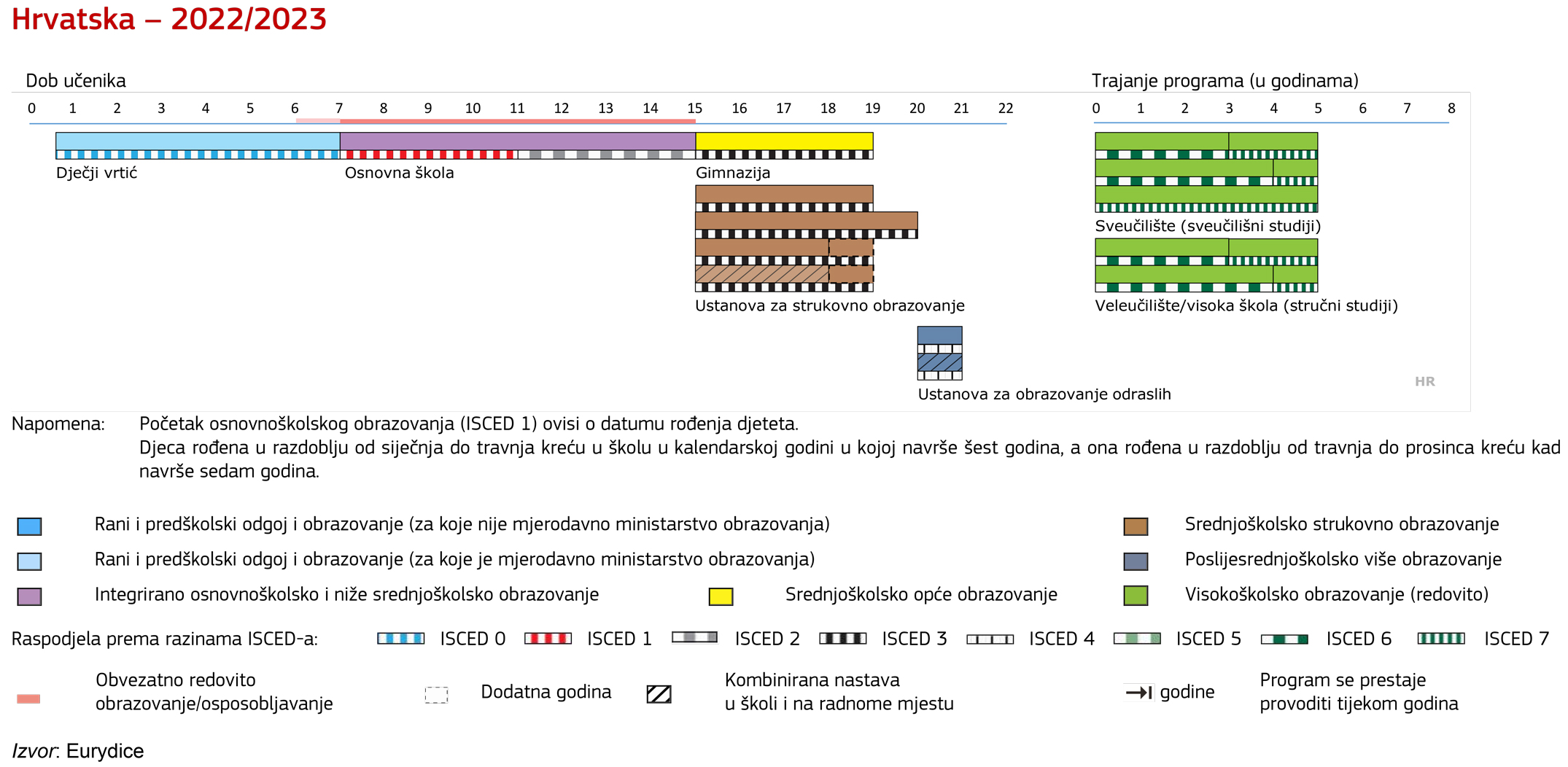
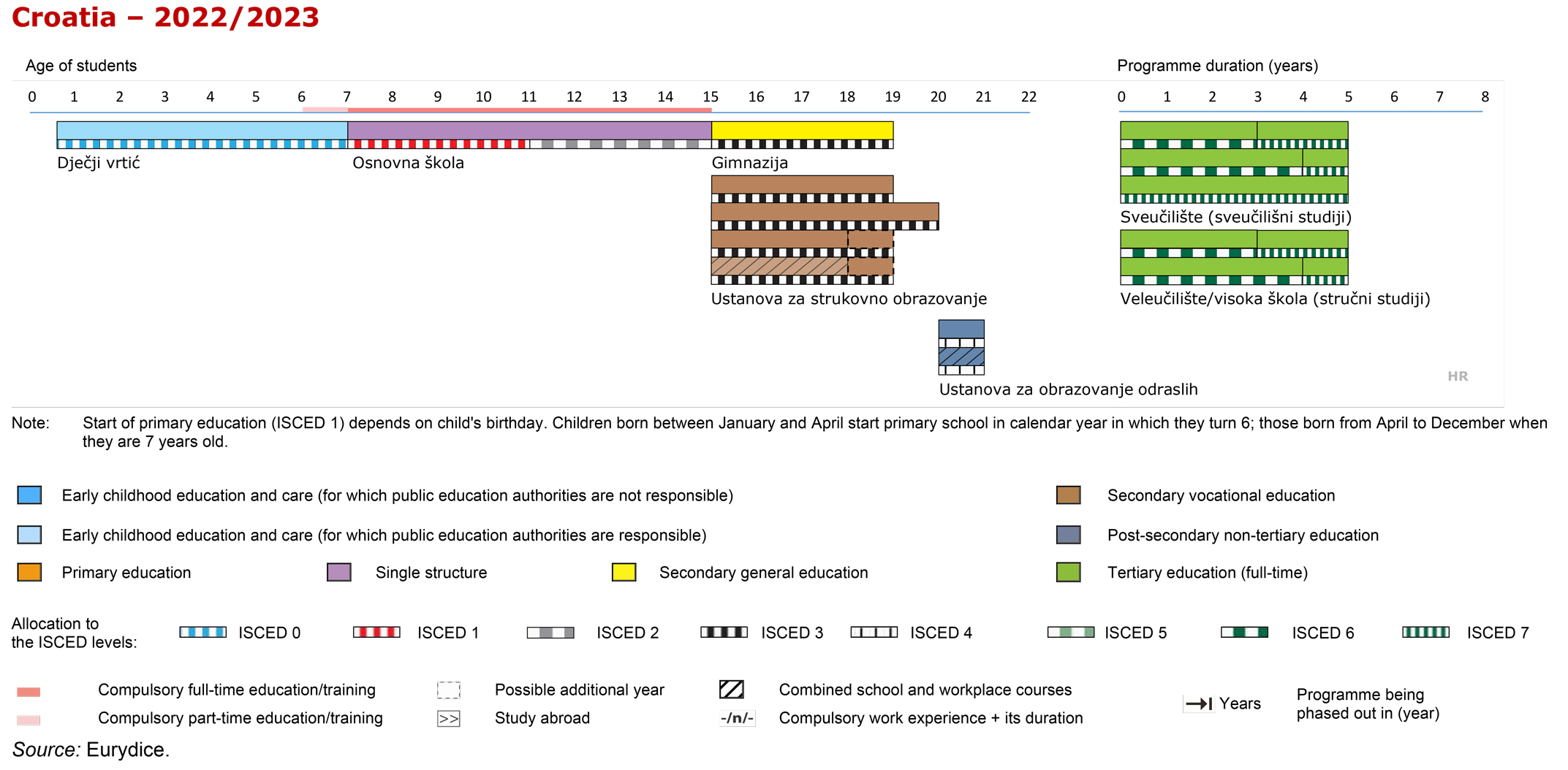
Useful Links
Comprehensive and structured information on ECEC, school and higher education organisation, educational levels and selected aspects of education are available in individual chapters of this database. Further information on the Croatian education system may also be found on the websites of the Ministry of Science and Education of the Republic of Croatia and other national institutions involved in implementing education policy, monitoring, evaluation, system development and programme development. These are:
- Education and Teacher Training Agency (ETTA)
- Agency for Vocational Education and Training and Adult Education (AVETAE)
- Agency for Science and Higher Education (ASHE)
- Agency for Mobility and EU Programmes (AMEUP)
- National Centre for External Evaluation of Education (NCEEE)
- Croatian Academic and Research Network (CARNET).
Source: https://eurydice.eacea.ec.europa.eu/national-education-systems/croatia/overview
Follow us on social media: Facebook, Twitter, Instagram, YouTube.

